$149.97 Original price was: $149.97.$96.99Current price is: $96.99.
SKU: D2LSC 404753148 Categories: JAPANESE MAPLE TREES, Japanese Maples
- Quality that lasts, prices that don't.
- Experience the difference quality makes.
- Satisfaction Guaranteed
- 100% High Quality Guarantee

Kurui Jishi Crazy Lion Japanese Maple
Acer palmatum ‘Kurui Jishi’
Plant Details
USDA Plant Hardiness Zones: 5a-9a (9b in cool-summer climates) Find Your Zone
Height at Maturity: 5-6′ at 10 years of age; 8′ at maturity
Width at Maturity: 5-6′ at 10 years of age; 8′ at maturity
Growth Habit / Form: Upright, Rounded, Vase
Growth Rate: 6-8″ per year
Foliage Color in Spring: Chartreuse to Lime Green
Foliage Color in Summer: Dark Green
Foliage Color in Fall: Yellow and/or Orange shades
Light Needs: Full Sun, Morning Sun with Dappled or Afternoon Shade, All Day Filtered Sun, Morning Shade with Afternoon Sun, Mostly Shade
Water Needs: Average
Soil Type: Clay (well draining), Loam, Sandy, Silty
Drainage: Moist But Well Drained – Well drained soil is a must!
Soil pH: 5.0 – 7.0 is ideal
Maintenance: Low
Resistances: Cold temperatures (-20F), Deer, Heat Tolerant, Insect Resistant, Sun Tolerant
Description
An incredibly unique Japanese Maple that always draws the attention of guests to our gardens, ‘Kurui Jishi’, which translates to “crazy lion,” sports unusually curled leaves much like its parent ‘Okushimo,’ but growing maybe a third of the size to only 6 to 8 feet tall and equally as wide, making it an excellent fit for smaller garden spaces. The foliage is more dense as well, and the leaves distinctively curl inward at the edges of the lobes. We’re not sure why they curl as they do, but it sure does look cool! The leaves emerge chartreuse to lime green shades in spring, transitioning to a darker, rich green in summer and then to shades of yellow to vibrant orange with the arrival of cooler temperatures in fall. A beautiful selection that is sure to be a standout and conversation piece!
Landscape & Garden Uses
To showcase its attractive characteristics, the Kurui Jishi Crazy Lion Japanese Maple is best used as a specimen to draw attention to a specific area of the landscape. That said, you can plant it in groupings of three or more in larger landscape spaces or use two to frame an entrance. It can also be grown in containers, which can be situated on patios and decks and around other outdoor sitting or living spaces, where the unique foliage can be enjoyed from close up.
Note: One Japanese maple can make a landscape if you don’t overcrowd it with other trees and plants. Therefore, when selecting companions to plant under or around your Japanese Maple, select low-growing groundcovers and other plants that won’t interfere with your tree.
Growing Preferences
Though delicately looking, Japanese Maples are actually very tough and long-lived trees. They are very easy to grow in the ground or in pots, planters, or other containers. Container culture can extend the useful range of Japanese Maples. They are extremely easy to grow in containers, a practice taken to its most extreme form in the art of bonsai. How to Plant A Japanese Maple Tree In A Pot
Japanese Maples are understory trees in their natural habitat, growing in dappled forest sunlight at the edges of woodlands. Ideally, they prefer to be grown in similar conditions, though Kurui Jishi will grow in full sun or shade. That said, in hot summer climates, most varieties of Japanese maples will appreciate some filtered sun or shade during the mid-afternoon when the direct sunlight is most intense.
Most any average garden soil will grow Japanese Maples. They prefer a moist but well-drained soil rich in organic matter. As with so many other ornamental plants and trees, constantly soggy or wet soil can be problematic. So make sure to plant your Japanese Maple in a well-drained site.
Helpful Articles
Click on a link below to find helpful advice from our experts on how to plant and care for Japanese Maple trees.
How To Plant A Japanese Maple Tree In The Ground
How to Plant A Japanese Maple Tree In A Pot
How To Fertilize And Water A Japanese Maple Tree
How To Prune A Japanese Maple
Plant Long & Prosper!
Meet The Wilson Brothers & Staff
Questions? Contact Us!
Be the first to review “Kurui Jishi Crazy Lion Japanese Maple – 3 Gallon Pot” Cancel reply
Related products
Sale!
JAPANESE MAPLE TREES
Sale!
JAPANESE MAPLE TREES
Sale!
JAPANESE MAPLE TREES
Sale!
JAPANESE MAPLE TREES
Sale!
JAPANESE MAPLE TREES
Sale!
JAPANESE MAPLE TREES
Sale!
JAPANESE MAPLE TREES
Sale!
JAPANESE MAPLE TREES

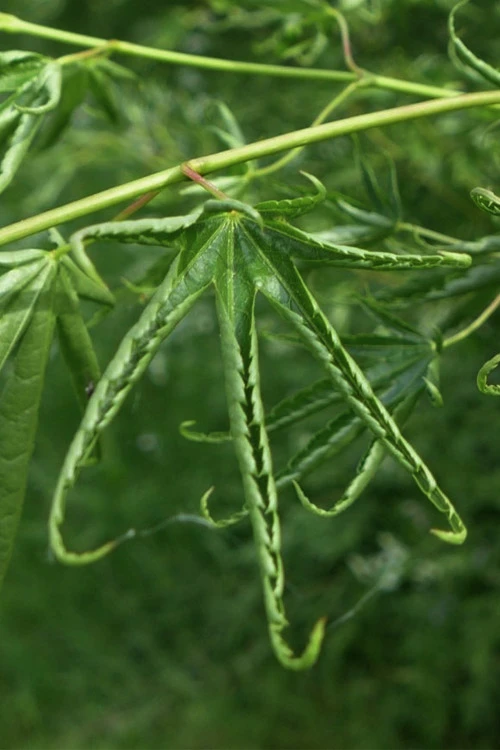
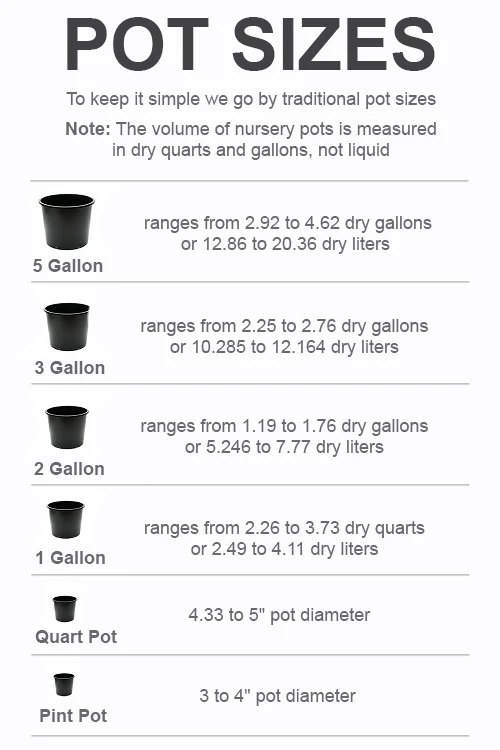
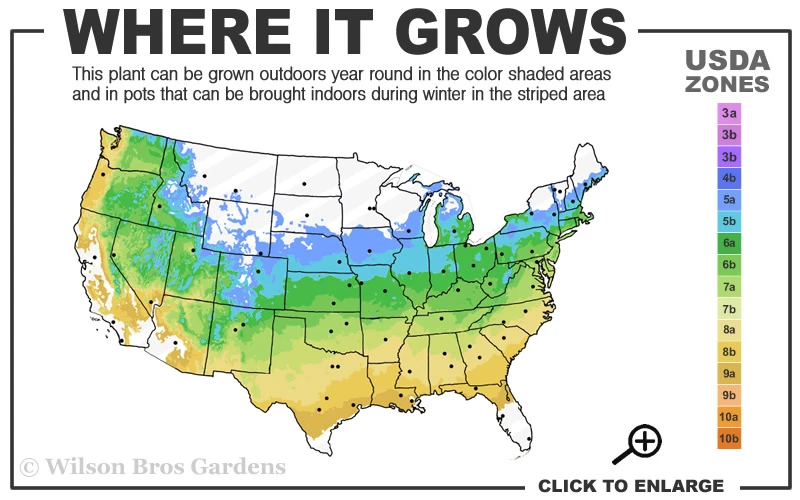
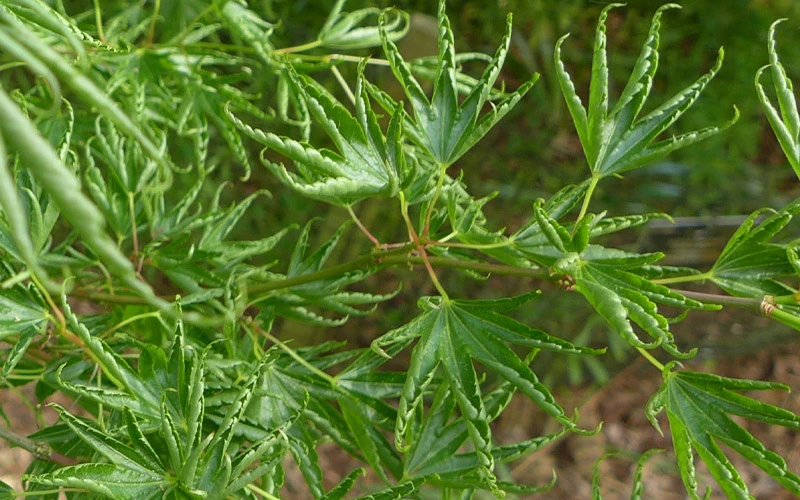
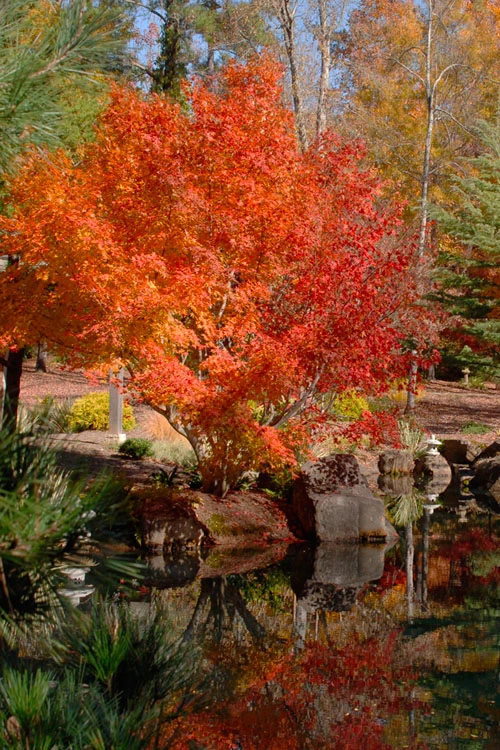
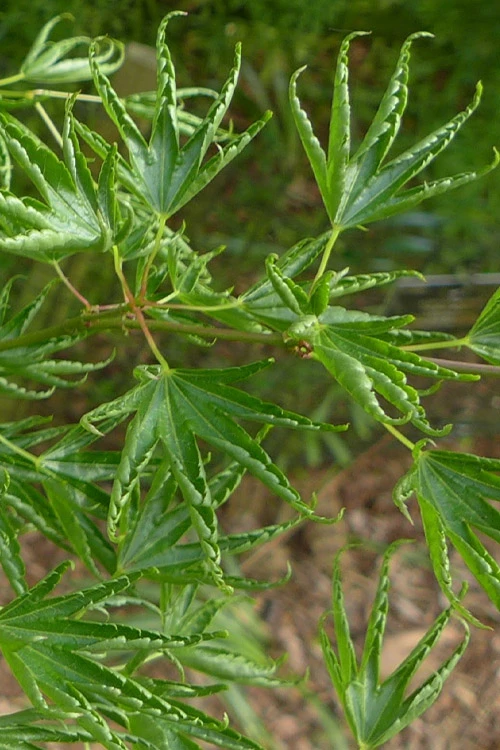

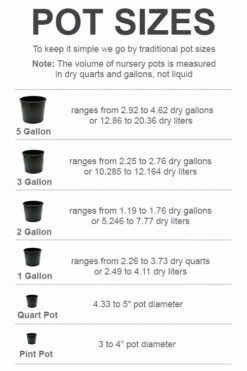


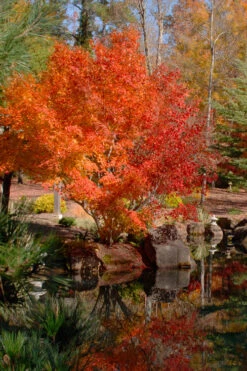


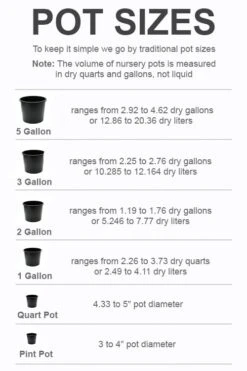
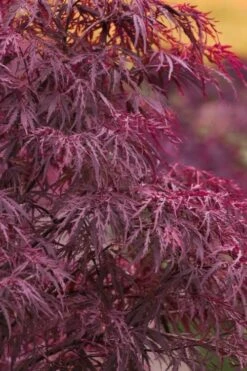
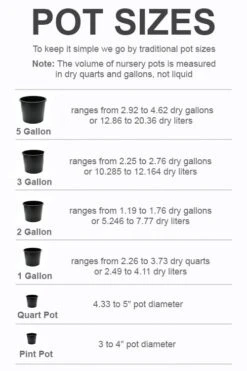
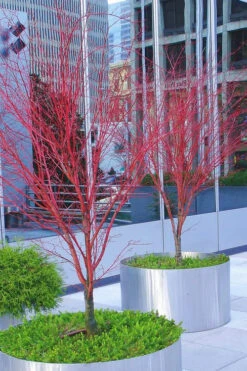
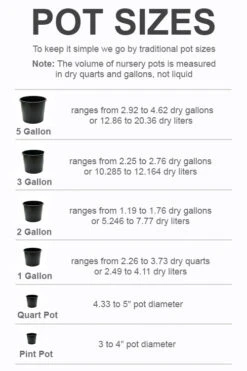
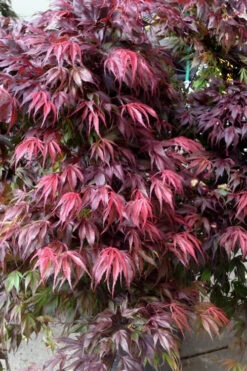
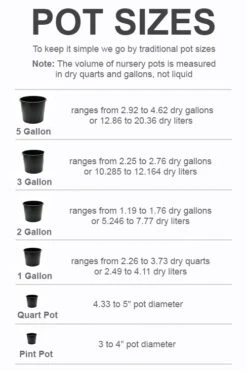




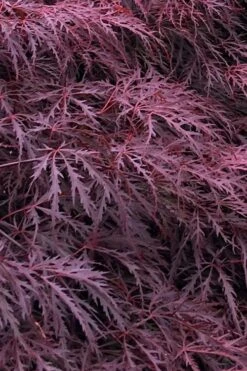
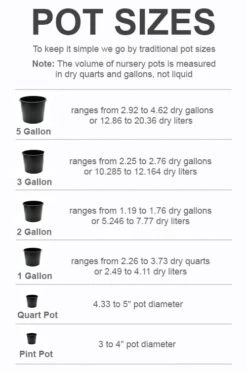


Reviews
There are no reviews yet.